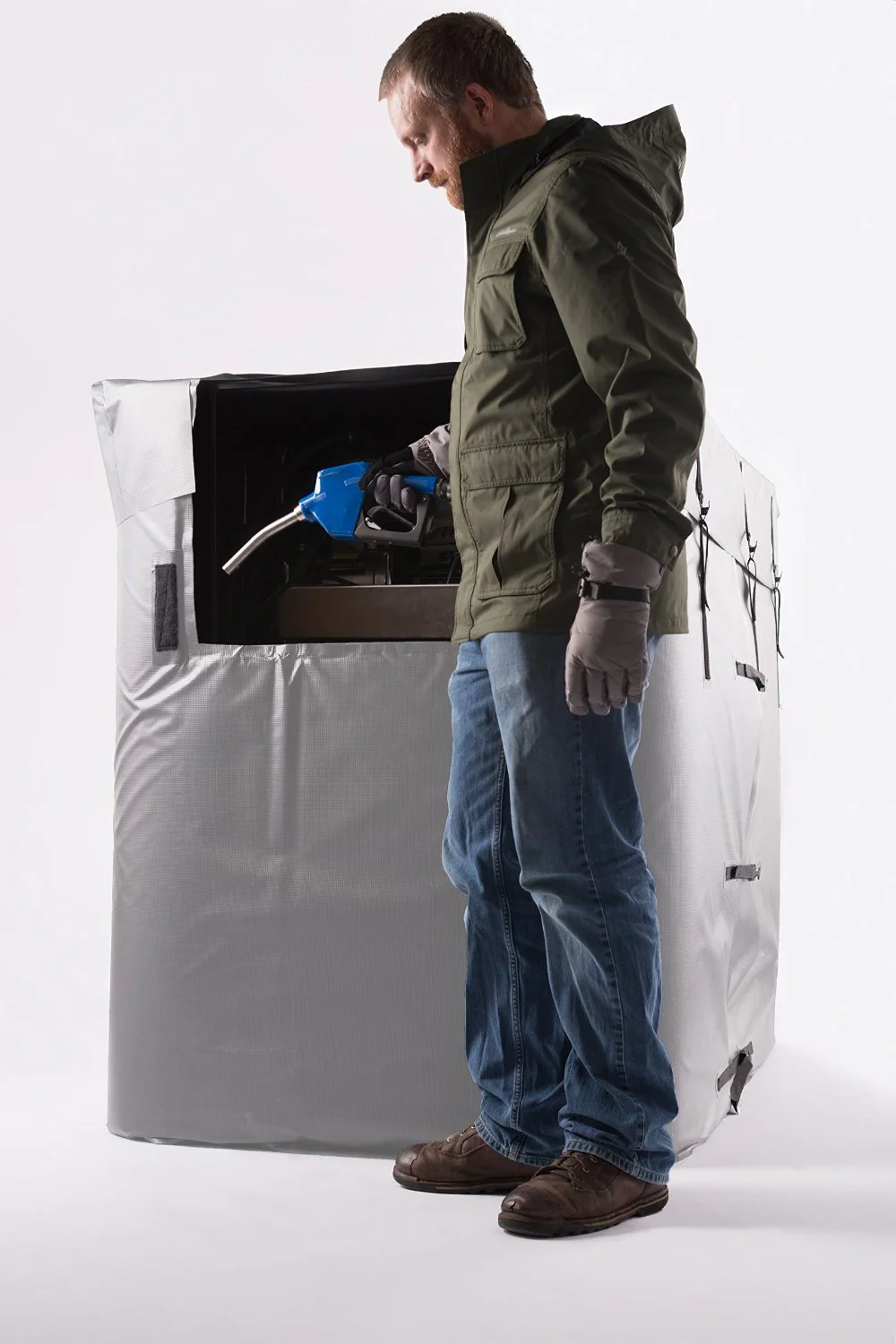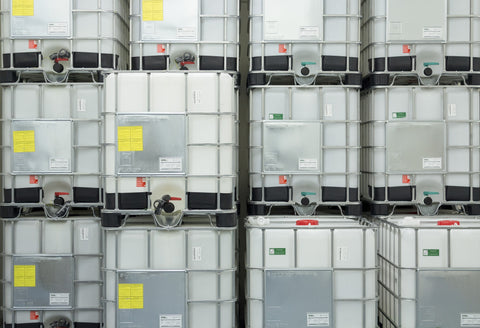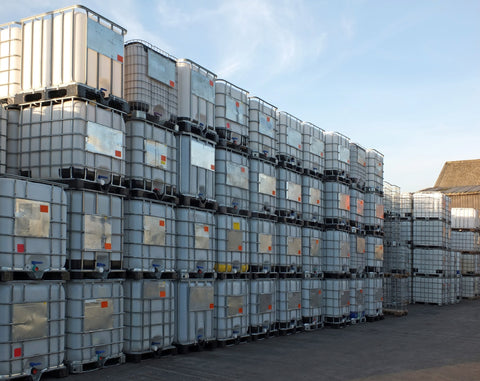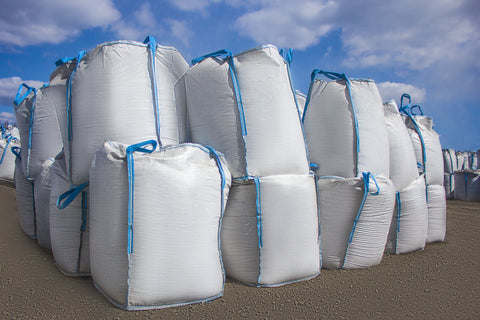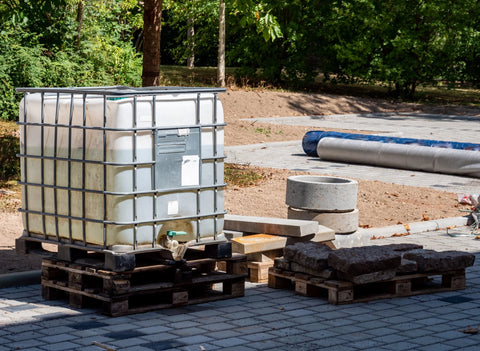Navigating Winter Challenges for Diesel Exhaust Fluid
As winter approaches, truck owners and operators face the challenge of protecting their vehicles against the harsh conditions, particularly when it comes to maintaining diesel exhaust fluid (DEF) in operational condition. DEF plays a crucial role in reducing emissions from diesel engines, but it has a freezing point that poses challenges in cold weather.
Battling the Freeze: Understanding DEF's Cold Weather Challenges
Diesel Exhaust Fluid, or DEF, is a solution made up of deionized water and urea that helps reduce the amount of nitrogen oxide emitted by diesel engines. This fluid works within the Selective Catalytic Reduction (SCR) system to convert NOx into harmless nitrogen and water. However, DEF freezes at temperatures around 12°F (-11°C), raising concerns about the DEF tank and the fluid's effectiveness during winter months.
The Impact of Frozen DEF on Your Vehicle
When DEF freezes, it initiates a cascade of complications within the vehicle's Selective Catalytic Reduction (SCR) system, directly impacting its efficiency and compliance with emission regulations. The freezing point of DEF, typically at 12°F (-11°C), becomes a critical threshold for vehicle operators in colder climates. Frozen DEF within the tank or supply lines can significantly hinder the regular operation of the vehicle, stressing the importance of strategic freeze prevention measures. Furthermore, DEF freezing at the same rate as water means that up to seven percent of the DEF can crystallize and expand, potentially stressing the DEF tank and SCR system components. This can delay the start of emission reduction processes and affect the vehicle's performance, especially during the critical warm-up phase.
Preventive Measures to Protect DEF from Freezing
To effectively safeguard DEF against the ravages of cold weather, it's imperative to winterize the DEF system and ensure its proper storage. Insulating the DEF tank and employing temperature-controlled environments for storage are crucial steps in this process. Doing so minimizes the DEF's exposure to freezing temperatures, thus maintaining its liquid form and functionality. Additionally, avoiding direct sunlight is essential to ensure that the DEF remains pure and effective. Implementing these measures, especially in regions where cold weather is a significant concern, ensures that the DEF system operates efficiently throughout winter. Winterizing your diesel exhaust fluid becomes essential for maintaining optimal vehicle operation and compliance with emission standards.
Technological Solutions for DEF Freeze Prevention
Leveraging technology provides a proactive approach to preventing DEF from freezing. DEF heaters, DEF tote heating systems, and advanced SCR heating systems are at the forefront of these technological solutions, designed to maintain DEF in its liquid state even under freezing temperatures. These systems play a pivotal role in ensuring that the DEF system operates correctly, preventing the DEF from solidifying and thus maintaining the vehicle's efficiency and adherence to emissions standards. The integration of DEF heaters into the storage and vehicle tank system ensures a continuous supply of liquid DEF, which is crucial for the SCR system's normal operation. This technological approach not only mitigates the risks associated with DEF freezing but also enhances vehicle reliability and performance during colder months.
Best Practices for Storing and Handling DEF in Winter
The cornerstone of DEF management in winter lies in its proper storage and handling. Storing DEF in high-density polyethylene (HDPE) plastic containers within a temperature-controlled environment significantly reduces the risk of freezing and degradation of DEF quality. Such environments help maintain a stable temperature around the DEF, keeping it in its effective, liquid form despite the cold weather outside. Furthermore, shielding DEF from direct sunlight is vital in preserving its quality, as UV exposure can degrade DEF over time, impacting its effectiveness in the SCR system. Adhering to these best practices for DEF storage and handling during the winter months ensures the longevity and reliability of the DEF, thereby supporting consistent vehicle operation and compliance with environmental regulations.
Incorporating these expanded sections and focusing on the specified keywords should provide a comprehensive and informative segment of your article. It should address the challenges of DEF freezing and offer practical solutions for diesel exhaust fluid management in cold weather.

Thawing Frozen DEF: Steps and Precautions
Thawing frozen DEF correctly ensures the fluid remains pure and effective for vehicle operation. It is advisable to gradually bring the DEF back to liquid form in a temperature-controlled environment. Avoid using direct heat sources that can degrade the quality of the fluid. For vehicles equipped with DEF heaters, running the vehicle may provide sufficient warmth to thaw the DEF in the tank and supply lines, allowing for normal operation.
FAQs about DEF and Cold Weather
How do you keep DEF fluid from freezing? How do you winterize diesel exhaust fluid?
To prevent DEF fluid from freezing, use DEF heaters and store the fluid in temperature-controlled environments or insulated containers.
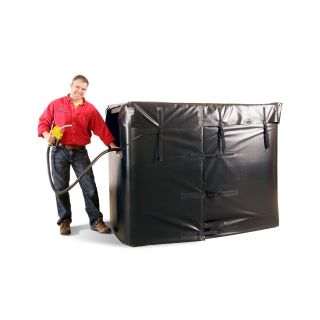
Is DEF ruined if it freezes?
DEF is not ruined if it freezes
; it retains its quality and effectiveness once thawed.
At what temperature does DEF go bad?
DEF can degrade over time if stored outside the recommended temperature range of 12°F (-11°C) to 86°F (30°C), especially in direct sunlight or high temperatures.
At what temperature does DEF freeze?
Due to the solution's high water content, DEF starts to freeze at 12°F (-11°C). However, DEF expands control upon freezing, which typically does not damage storage containers or vehicle DEF tanks.
How can I winterize my diesel exhaust fluid system?
Winterizing your DEF involves ensuring that your vehicle's SCR heating system functions correctly, storing DEF in a temperature-controlled environment, and using insulating materials to protect DEF storage containers and tanks from extreme cold.
How do I properly store DEF during winter?
Store DEF in a clean, dry place away from direct sunlight. If possible, keep it in a temperature-controlled environment to prevent freezing. Using high-density polyethylene (HDPE) plastic containers can also protect DEF from temperature extremes and contamination.
Protecting DEF from freezing is crucial for the smooth operation of vehicles equipped with SCR systems, especially in the winter months. By understanding the challenges posed by cold weather and implementing effective solutions for freeze prevention, vehicle operators can ensure their systems remain efficient and compliant with emissions standards. Implementing the strategies discussed, from proper storage and handling of DEF to utilizing technological solutions like DEF heaters, will help mitigate the risks of frozen DEF and maintain vehicle performance.
Take a Look at Our DEF Tote Heating Options
Have you found innovative ways to protect your DEF from freezing temperatures, or do you have questions about winterizing your vehicle's DEF system? For professional advice on DEF heaters and storage solutions, don't hesitate to contact a specialist who can help you navigate the challenges of cold weather maintenance.
This comprehensive guide should be a valuable resource for anyone looking to protect their diesel exhaust fluid from freezing temperatures, ensuring the longevity and efficiency of their vehicle's emission control system.


